10 Best Herbal Creams For Bursitis
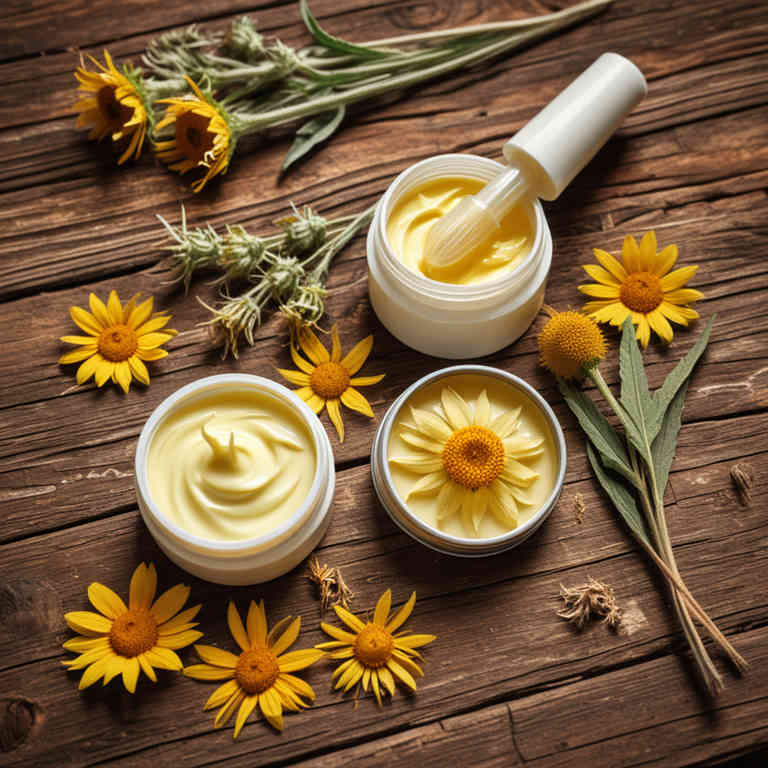
Herbal creams for bursitis are topical treatments that incorporate natural ingredients known for their anti-inflammatory and pain-relieving properties.
Commonly used herbs such as turmeric, ginger, and capsaicin are often included in these creams to help reduce swelling and discomfort associated with bursitis. These creams are typically preferred by individuals seeking alternative or complementary therapies to conventional medications. They can be applied directly to the affected area to provide localized relief without systemic side effects.
However, it is important to consult a healthcare professional before using herbal creams, especially if you have allergies or are taking other medications.
FREE Herb Drying Checklist
How to make sure every batch retains maximum flavor, color, and aroma without the risk of mold or over-drying. Eliminate guesswork and trial-and-error, making herb drying faster, easier, and more efficient every time.
Table of Contents
1. Hypericum perforatum
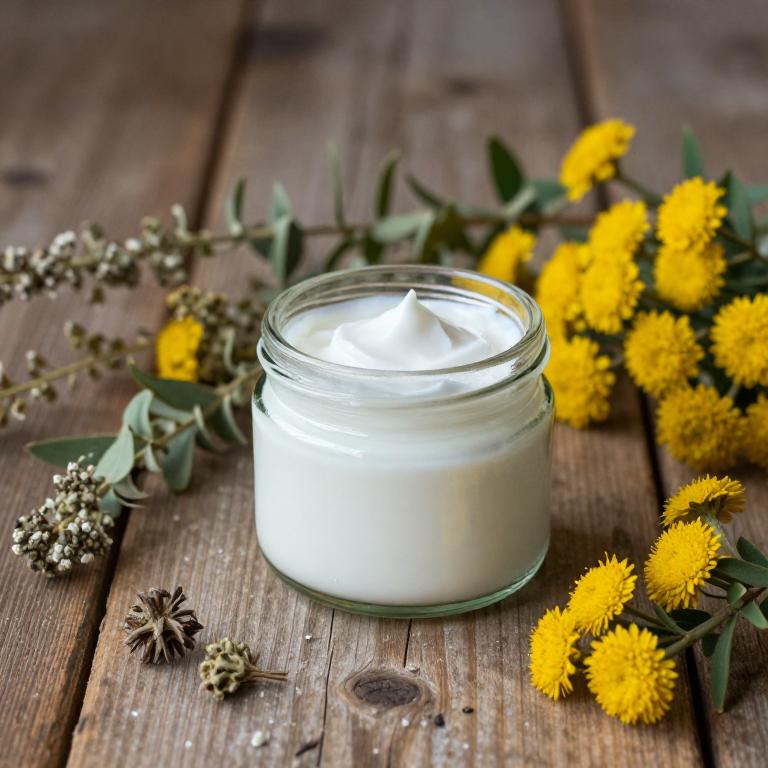
Hypericum perforatum, commonly known as St. John's Wort, is a herbal remedy that has been traditionally used for its anti-inflammatory and analgesic properties.
When formulated into a cream, it can be applied topically to areas affected by bursitis to help reduce swelling and pain. The active compounds in hypericum perforatum, such as hyperforin and hypericin, are believed to contribute to its effectiveness in soothing inflamed bursae. However, it is important to consult with a healthcare provider before using St. John's Wort cream, as it may interact with certain medications.
While some individuals find relief from using this herbal cream, it should not replace professional medical treatment for bursitis.
2. Arnica montana
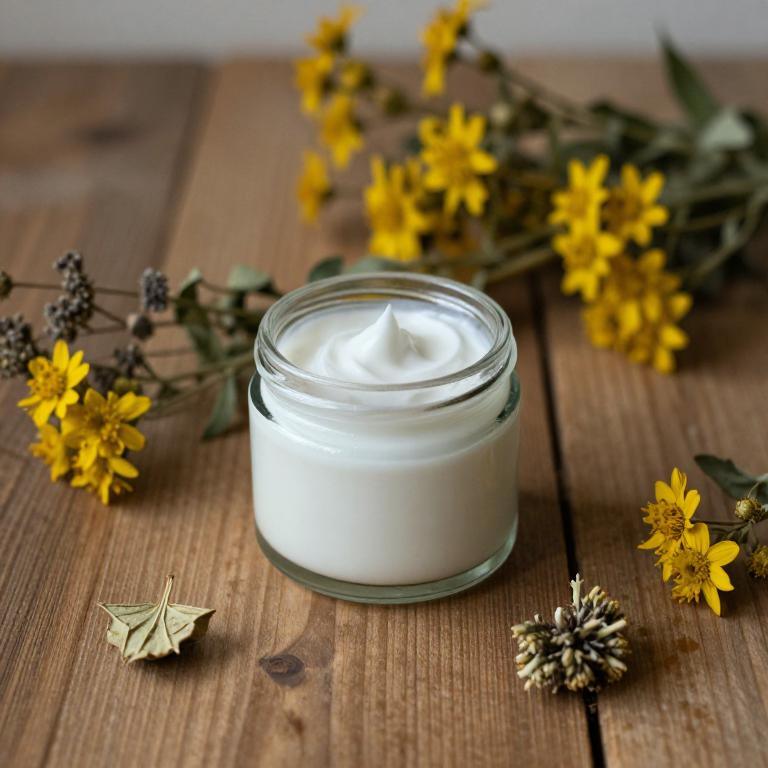
Arnica montana herbal creams are commonly used to alleviate the pain and inflammation associated with bursitis, a condition characterized by the inflammation of the bursae, which are small fluid-filled sacs that cushion the bones, tendons, and muscles near the joints.
These creams typically contain arnica extract, which is known for its anti-inflammatory and analgesic properties, helping to reduce swelling and discomfort. When applied topically, the active ingredients in arnica montana creams penetrate the skin to target the affected area, providing localized relief without systemic side effects. While generally considered safe for most people, individuals with sensitive skin or allergies should perform a patch test before use.
It is important to consult a healthcare professional before using arnica montana creams, especially if you have underlying health conditions or are taking other medications.
3. Equisetum arvense
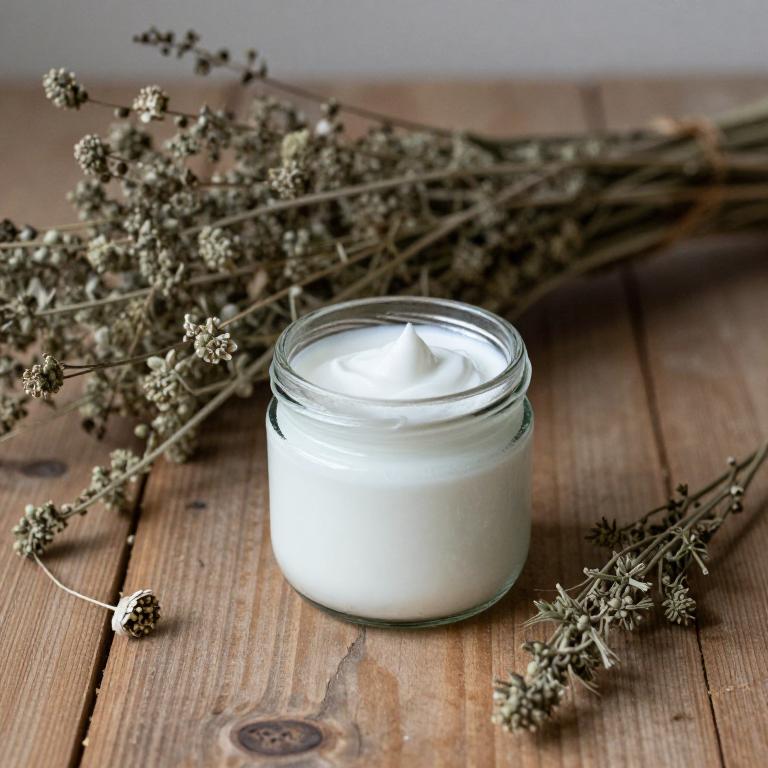
Equisetum arvense, commonly known as field horsetail, is a traditional herbal remedy that has been used for its high silica content, which is believed to support joint health.
Herbal creams containing Equisetum arvense are often formulated to alleviate inflammation and pain associated with bursitis, a condition characterized by inflamed bursae, the small fluid-filled sacs that cushion joints. These creams typically combine Equisetum arvense with other anti-inflammatory herbs like comfrey or willow bark to enhance their therapeutic effects. When applied topically, the active compounds in Equisetum arvense may help reduce swelling and improve tissue repair in affected areas.
However, it is important to consult a healthcare professional before using these creams, especially if you have existing health conditions or are taking other medications.
4. Cnicus benedictus
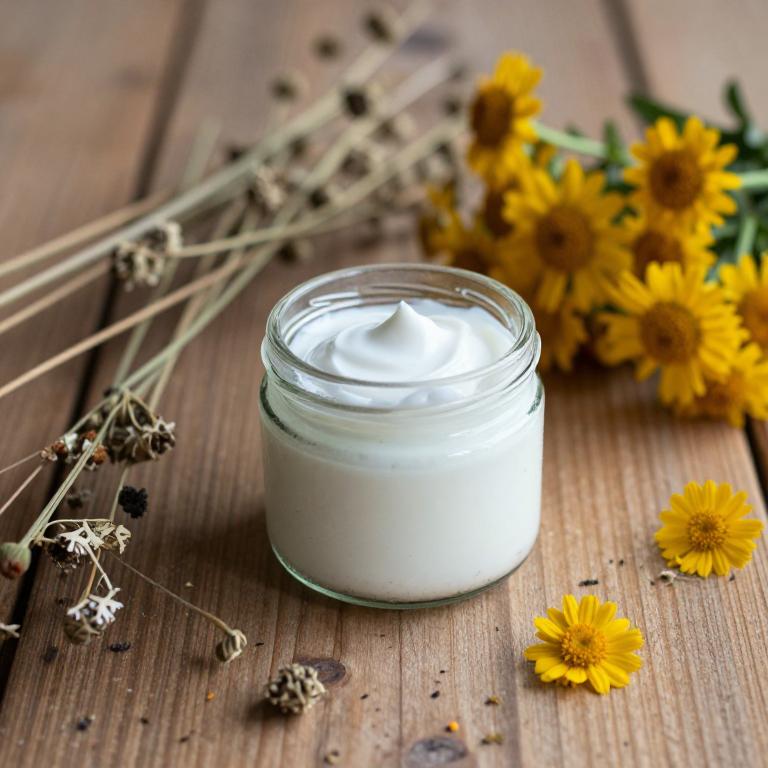
Cnicus benedictus, also known as blessed thorn, is a herbal remedy that has been traditionally used for its anti-inflammatory and pain-relieving properties.
When formulated into a cream, it can be applied topically to areas affected by bursitis to help reduce swelling and discomfort. The active compounds in Cnicus benedictus, such as flavonoids and tannins, are believed to support the body's natural healing process by promoting circulation and reducing inflammation. While it may offer relief for mild cases of bursitis, it is important to consult a healthcare professional before using any herbal remedy, especially if symptoms persist or worsen.
Overall, Cnicus benedictus herbal cream can be a complementary treatment option for managing bursitis when used alongside conventional medical care.
5. Achillea millefolium
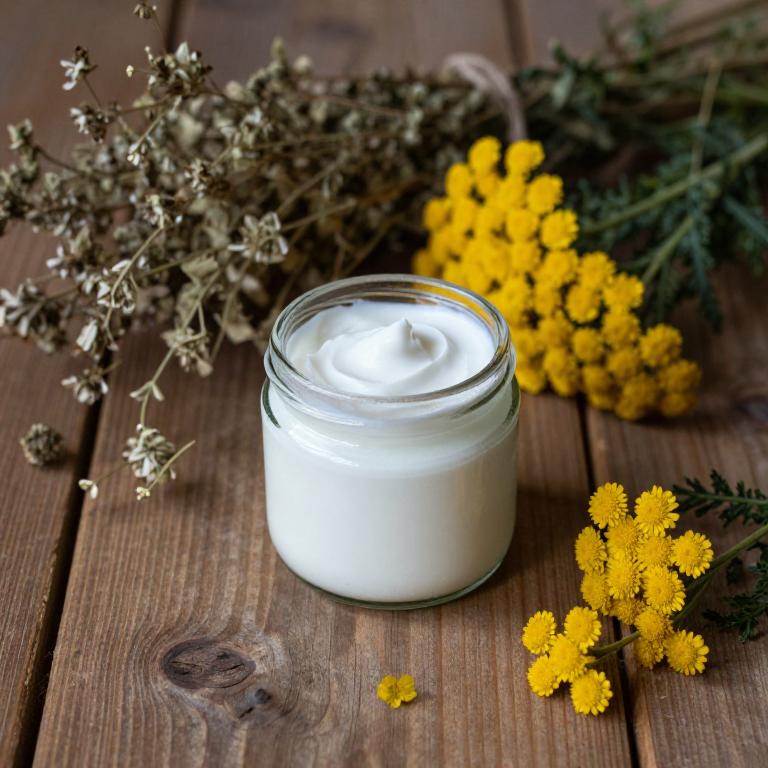
Achillea millefolium, commonly known as yarrow, has been traditionally used in herbal medicine for its anti-inflammatory and analgesic properties.
When formulated into creams, these herbal products may offer relief for individuals suffering from bursitis by reducing swelling and pain in the affected areas. The active compounds in yarrow, such as flavonoids and essential oils, are believed to support the body's natural healing processes and reduce inflammation. While some studies suggest potential benefits, it is important to consult a healthcare professional before using yarrow-based creams, as they may interact with other medications or conditions.
Overall, achillea millefolium herbal creams can be a complementary option for managing bursitis symptoms, though they should not replace conventional medical treatments.
6. Zingiber officinale
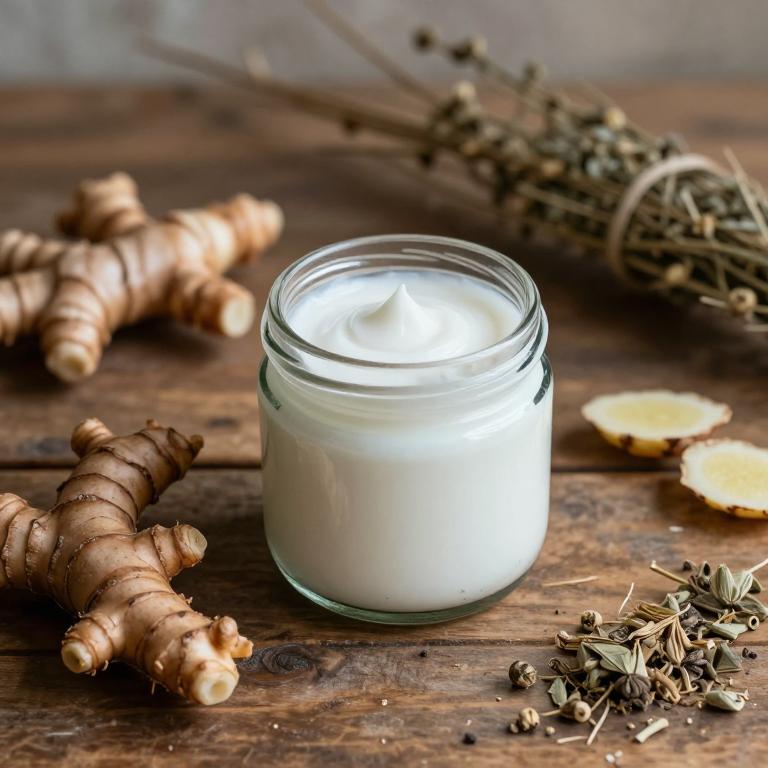
Zingiber officinale, commonly known as ginger, has been traditionally used for its anti-inflammatory and analgesic properties, making it a potential ingredient in herbal creams for bursitis.
These creams often combine ginger extract with other natural compounds like turmeric or capsaicin to enhance their effectiveness in reducing inflammation and pain. When applied topically, ginger-based creams may help alleviate the swelling and discomfort associated with bursitis by improving local circulation and inhibiting inflammatory responses. However, it is important to consult a healthcare professional before using such creams, especially if you have sensitive skin or are taking other medications.
While some users report positive results, scientific evidence supporting the efficacy of ginger in treating bursitis is still limited and requires further research.
7. Symphytum officinale
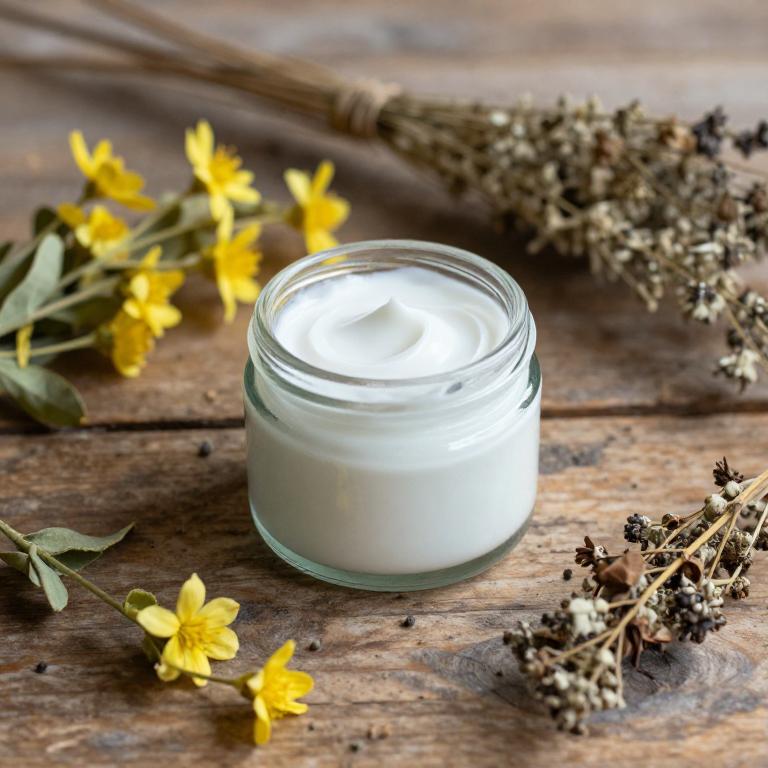
Symphytum officinale, commonly known as comfrey, is often used in herbal creams for the treatment of bursitis due to its anti-inflammatory and analgesic properties.
These creams typically contain extracts of the plant's roots, which are believed to promote tissue repair and reduce swelling in the affected bursae. While some studies suggest that comfrey may help alleviate pain and improve mobility in individuals with bursitis, its use is often cautioned due to potential toxicity from pyrrolizidine alkaloids. Despite these concerns, many people find relief from symptoms when using comfrey-based topical creams as part of a holistic treatment plan.
It is important to consult a healthcare professional before using such products, especially for chronic or severe cases of bursitis.
8. Vitis vinifera
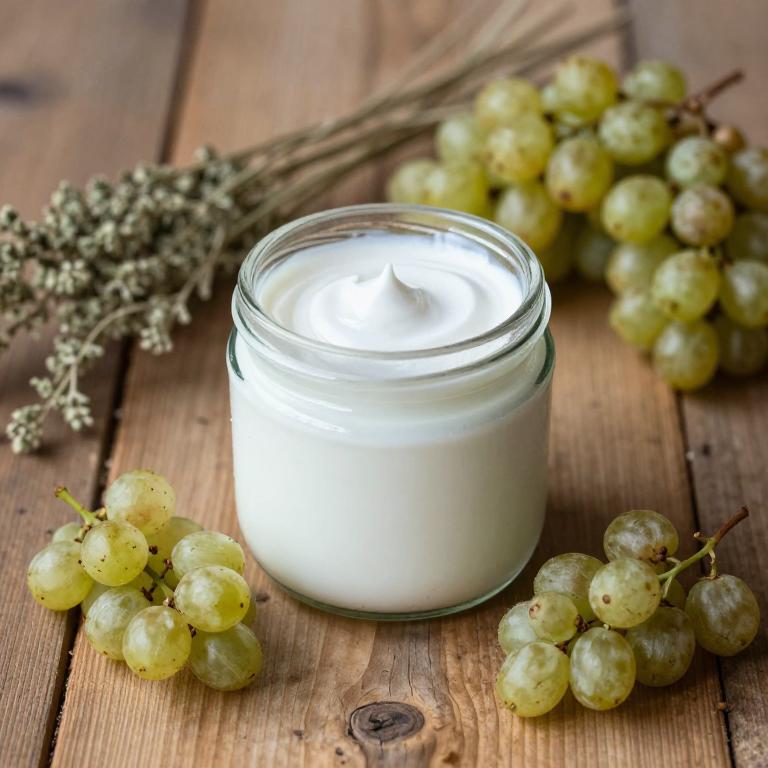
Vitis vinifera, commonly known as the grape vine, has been traditionally used in herbal medicine for its anti-inflammatory and antioxidant properties.
Herbal creams containing Vitis vinifera extracts are often formulated to provide natural relief for conditions like bursitis, which involves inflammation of the bursae—small fluid-filled sacs that cushion joints. These creams typically include compounds such as resveratrol, which has been studied for its potential to reduce inflammation and pain. When applied topically, they may help alleviate swelling and discomfort associated with bursitis without the side effects of conventional pharmaceuticals.
However, it is important to consult a healthcare professional before using any herbal remedy, especially if you have underlying health conditions or are taking other medications.
9. Urtica dioica
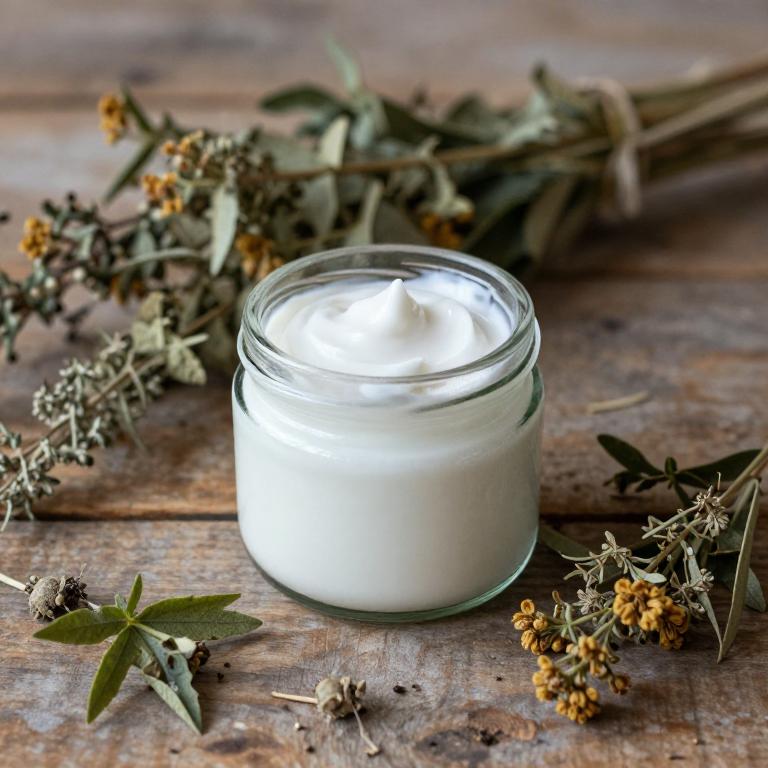
Urtica dioica, commonly known as stinging nettle, is a plant that has been traditionally used for its anti-inflammatory and analgesic properties.
Herbal creams containing Urtica dioica are often used to alleviate symptoms of bursitis, a condition characterized by inflammation of the bursae, which are small fluid-filled sacs that cushion joints. These creams typically work by reducing swelling, pain, and stiffness associated with bursitis through the application of topical compounds derived from the plant. The active components in Urtica dioica, such as flavonoids and polyphenols, are believed to contribute to its therapeutic effects.
While generally considered safe for topical use, it is advisable to consult a healthcare professional before using these creams, especially if you have a known allergy or are taking other medications.
10. Salvia officinalis
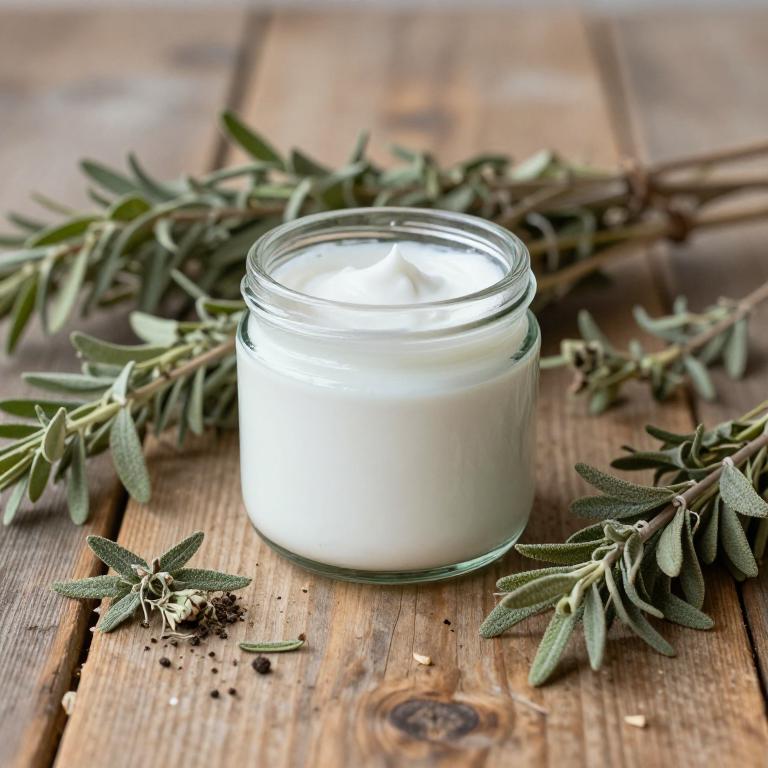
Salvia officinalis, commonly known as sage, has been traditionally used for its anti-inflammatory and healing properties, making it a popular ingredient in herbal creams for bursitis.
These creams often combine sage extract with other natural components like camphor, menthol, or essential oils to enhance their therapeutic effects. The anti-inflammatory action of sage helps reduce swelling and pain associated with bursitis by inhibiting inflammatory mediators in the body. When applied topically, these creams can provide localized relief and support the healing process of inflamed bursae.
While generally safe, it is advisable to consult a healthcare professional before using sage-based products, especially if you have allergies or are taking other medications.